1980 NASA Shuttle Video

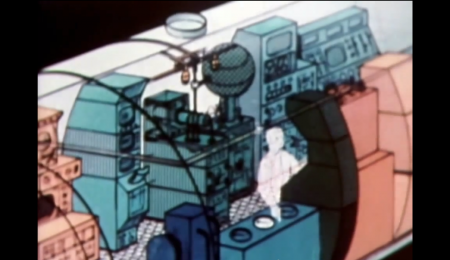
This is like the archetype for every retro-styled with the synth-soundtracked logo build in and the crackly PBS voice over. Can’t believe this was made in 1980, would have guessed earlier from the quality.


This is like the archetype for every retro-styled with the synth-soundtracked logo build in and the crackly PBS voice over. Can’t believe this was made in 1980, would have guessed earlier from the quality.
Science!
Over twenty years in the making and set for a 2018 launch, the James Webb Space Telescope (JWST) is the single most advanced space telescope ever constructed. Successor to NASA’s beloved Hubble Space Telescope, JWST has been purpose-built for studying the infrared portion of the electromagnetic spectrum to give astronomers an ability of seeing past clouds of dust and gas and further back to the beginning of the Universe than we ever have. How far? According to NASA the JWST will see the Universe’s very first star formations taking place only 100 to 250 million years after the Big Bang. Such distant and precise observations promise to unleash a torrent of new discoveries and unlock fundamental quandaries about the origin of the cosmos and life in the Universe.
A few interesting facts:
• JWST’s primary mirror is a 6.5 meter diameter gold coated beryllium reflector that is too large for contemporary launch vehicles, so the mirror is being composed of 18 hexagonal segments (as seen above), which will all unfold after the telescope is launched. Why Hexagons? It’s beyond my comprehension, but supposedly this has something to do with hexagons having a perimeter less than that of a square over a given area, which translates to a gained efficiency for steering the mirror segments and focusing the telescope.
• The telescope will maintain an L2 orbit, meaning that it will orbit in earth’s shadow and around the sun, not the earth. The idea here is to eliminate all possible heat / light sources, such as Earth’s heat-shimmer, and keep the telescope as cold as possible. How cold? Extremely. Cold. The JWST’s mid-infrared instrument (MIRI) will operate at a set temperature of 7 Kelvins, or -266° C / -447° F, through the use of a helium refrigerator, or cryocooler system (source).
• Although JWST’s primary goal is to study the first galaxies or stars that formed after the Big Bang, the telescope is also capable of measuring the physical and chemical properties of planetary systems within our Milky Way and will investigate the potential for life in those planetary systems.
• When launched, some scientists suggest the telescope will represent a greater technological achievement than landing on the moon.
Posted by: Owen Perry
First discovered by the Voyager spacecraft in the early 1980s, NASA has recently released new images of the mysterious hexagon-shaped storm on Saturn’s northern pole. Taken with their Cassini Spacecraft, visible light images like this were not originally possible when Cassini arrived at Saturn back in 2004 due to the entire northern hemisphere being in winter solstice.
Size
The hexagon measures 25,000 km (15,500 mi) across, with each side being 13,800 km (8,600 mi) long. As the above image demonstrates, it’s wide enough to fit nearly four earth’s inside of it.
Composition
The hexagonal ring itself is created by a jet stream, while the center contains a spiralling vortex of clouds. Scientists say that the storm reaches speeds up to 354 km/h (220 mph).
Explanation?
In short, we can’t figure it out. Namely, scientists don’t currently understand where the storm obtains and expels its energy, or how/why it has stayed in such an organized shape for so long.
You can read more about this hexagonal goodness here and view more images here.
Posted by: Owen Perry
Situated in the Atacama Desert, northern Chile, at 2,635m above sea level exists the Paranal Observatory. Operated by the European Southern Observatory (ESO), the site contains mankind’s most advanced optical instrument, the Very Large Telescope (VLT), as well as a number of other state-of-the-art auxiliary and survey telescopes – most notably the VLT Survey Telescope and VISTA.
The VLT itself is comprised of four unit telescopes, which in 2011 gained the ability to work together to create the VLT Interferometer; an instrument that allows astronomers to see details up to 25 times greater than the individual telescopes can alone. Needless to say, the results offer a staggeringly beautiful view of our cosmos.
You can view many more Paranal Observatory and ESO images on the ESO website. A short film comprised of time lapses from the Paranal Observatory was also released last year. This is embedded below. Fullscreen that mother.
Posted by: Owen Perry
Instagram: Circa 1983


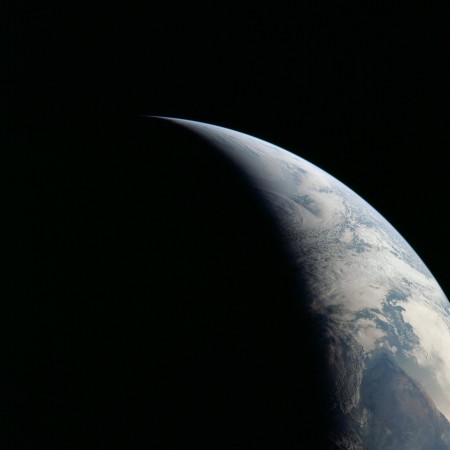
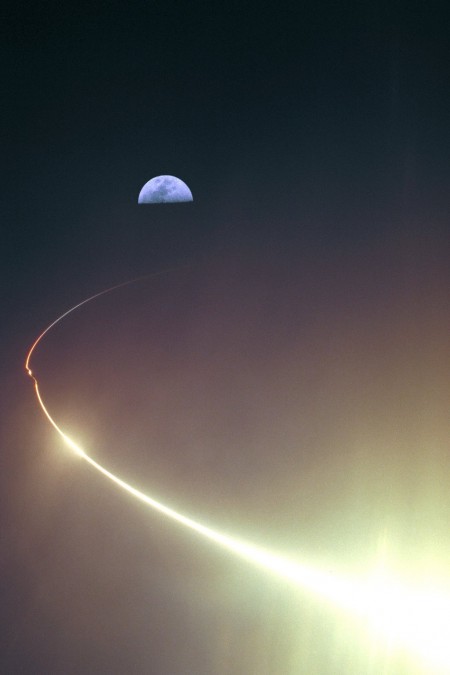
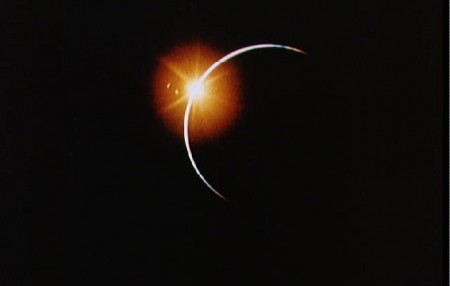
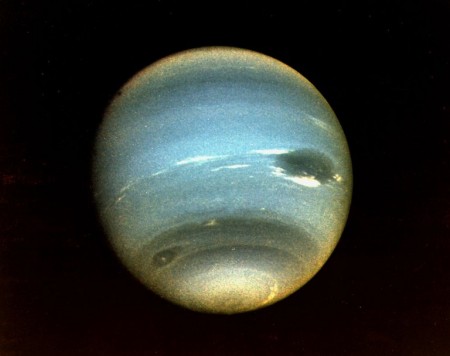
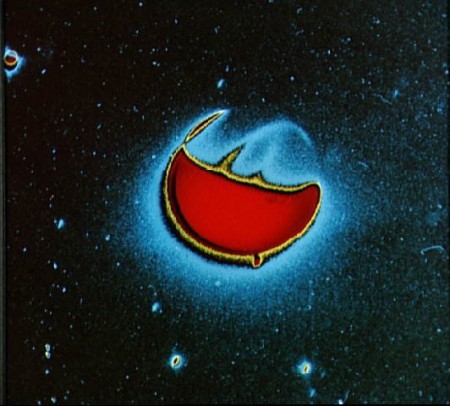
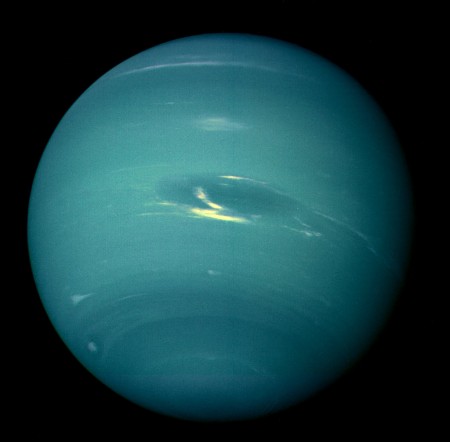
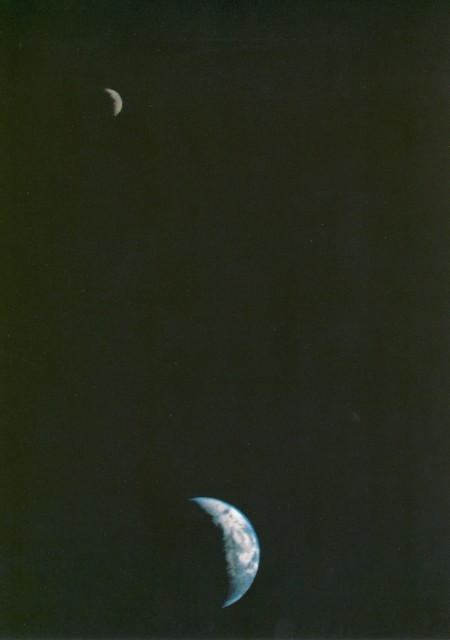
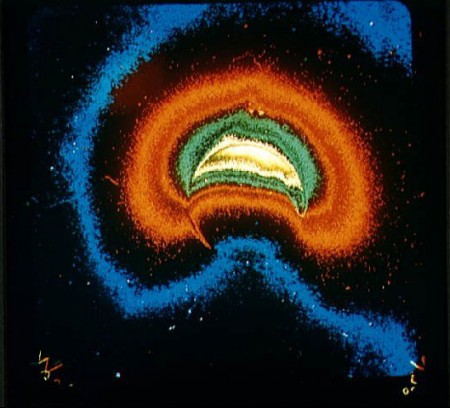
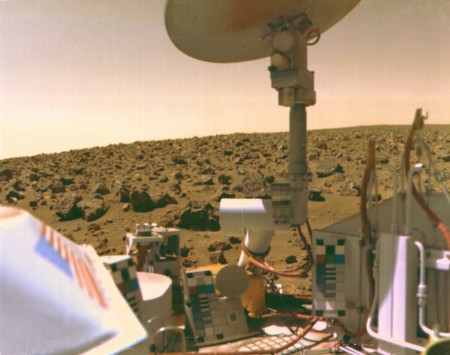
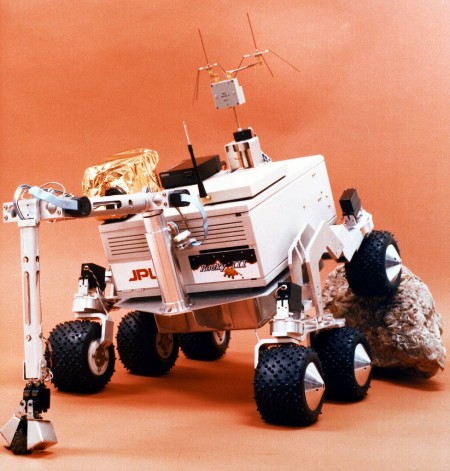
Always a wealth of incredible images (many of them high-res) on the NASA Commons Flickr page.
Further viewing: NASA Commons Pt. 1
Joan is a Vimeo user who likes to download high-resolution image sets taken by crew members of Expeditions 28, 29, 30 and 31, onboard the NASA International Space Station (ISS), and constructs short time-lapse videos.
The images used to construct these, come courtesy of the Image Science and Analysis Laboratory, NASA-Johnson Space Center. “The Gateway to Astronaut Photography of Earth.”
Japanese aeronautical engineer and astronaut Soichi Noguchi has been using his Twitter to share images of his space travels with the rest of us here back on Earth.
Posted by B3PO
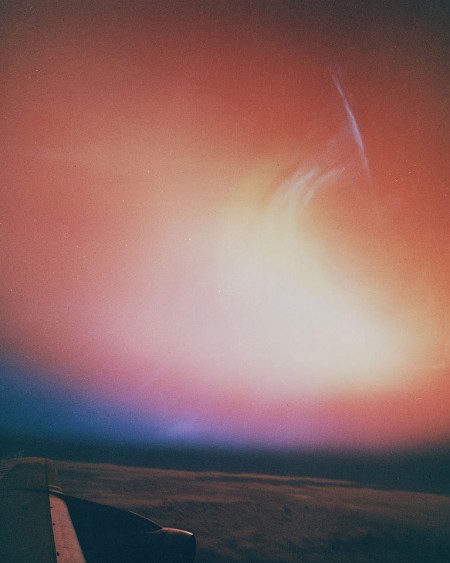
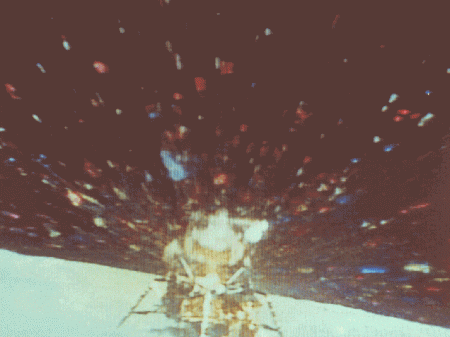

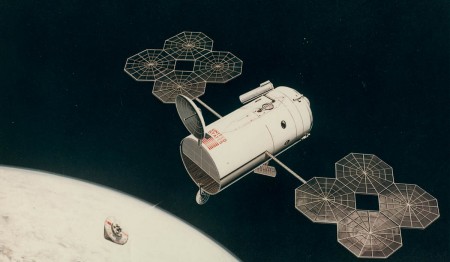
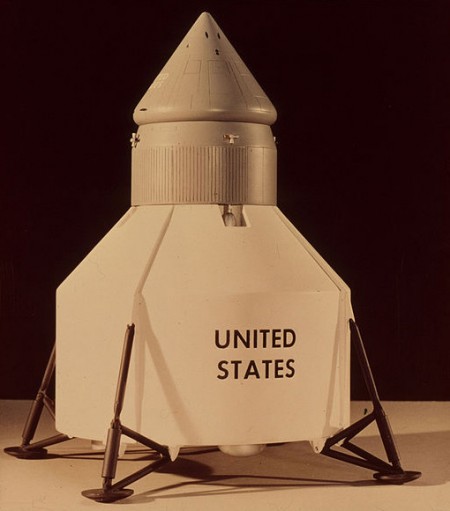
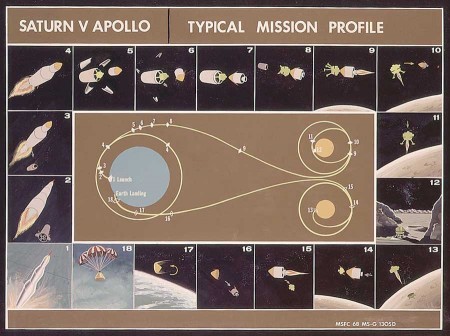
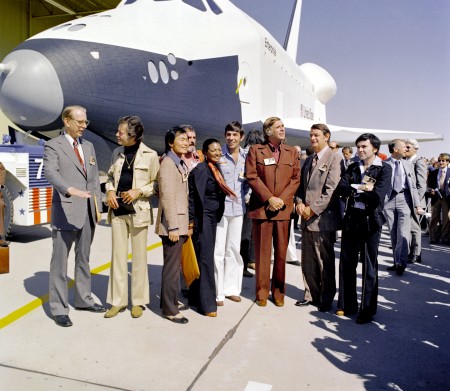
Wired has a great feature on their blog called Beyond Apollo where they “chronicle space history through missions and programs that didn’t happen”. Some great imagery up there. Also, Spock. And look how new The Shuttle looks! Seems fake.